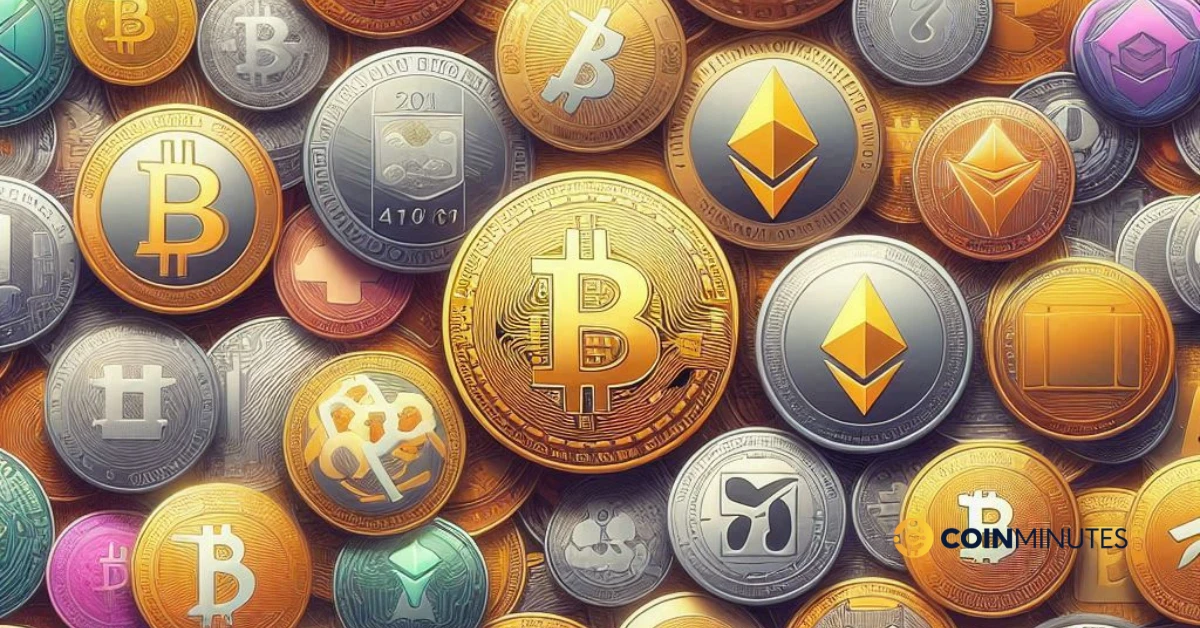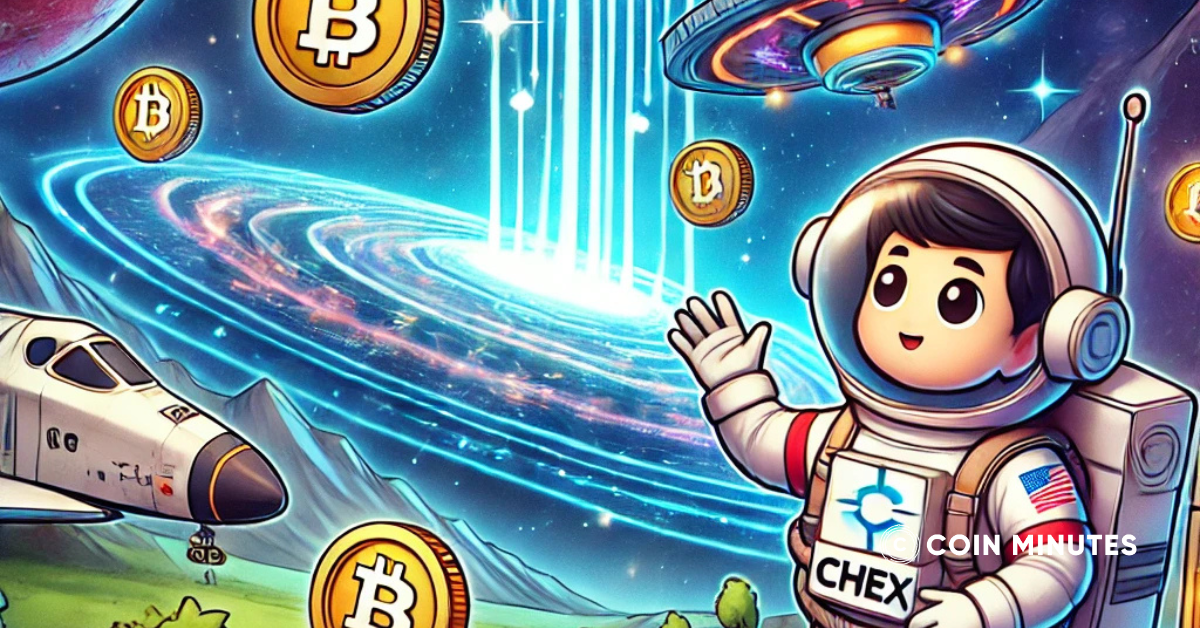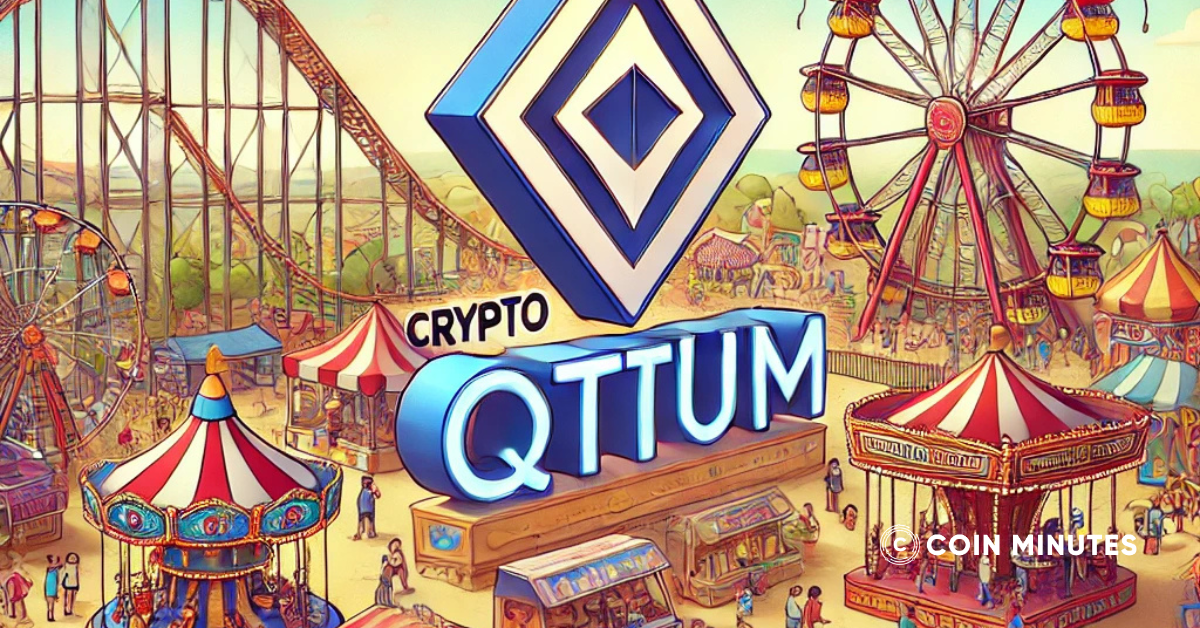What Is Altcoin?
“Altcoin” is short for “alternative coin,” and it refers to cryptocurrencies or digital assets that are not Bitcoin (BTC). Examples of altcoins include ETH, USDT, and DOGE. However, some people no longer consider Ethereum an altcoin because it has grown so large, and many other cryptocurrencies have originated from Ethereum’s forks.
Each altcoin typically has its features and purposes, designed to address limitations or offer new functionalities that major cryptocurrencies such as Bitcoin and Ethereum lack.
Read more: Bitcoin Forks
Key Takeaways
|
Types of Altcoins
Altcoins come in many varieties and serve different purposes. Here are the 5 main types of altcoins with their uses and examples.
Mining-based Altcoins
Mining-based altcoins use the proof of work mechanism, where miners use computer power to solve puzzles to add new blocks to the chain, similar to Bitcoin.
Typical examples of this type of altcoin:
- Litecoin (LTC): This is one of the earliest altcoins to be forked from Bitcoin. It is the same as Bitcoin but increases the supply to 84 million coins and improves transaction speed. With such improvements, it is still not convincing enough for investors to trust compared to Bitcoin.
- Monero (XMR): This is an altcoin that focuses on user privacy as it can hide user information as well as transaction details of that person. Monero can be mined with CPU as well as GPU without the need for specialized ASIC mining rigs.
- Zcash (ZEC): Similar to Monero, this is an altcoin that focuses on privacy. It encrypts transaction information so that it cannot be traced.
Stablecoins
Stablecoins are altcoins designed to maintain a stable price, often tied to a real-world asset such as USD, EUR, or gold. The main goal of stablecoins is price stability, providing a trading instrument with less volatility than other cryptocurrencies.
There are 2 main types of stablecoins:
- Asset-backed stablecoins: As we mentioned above, stablecoins are often tied to a real-world asset such as fiat money, or even a digital asset such as Ethereum. A typical example of this type is USDT (Tether) which is tied to the US dollar at a 1:1 rate.
- Unbacked stablecoins: These are stablecoins that use algorithms and smart contracts to adjust supply and demand to maintain a stable value. AMPL (Ampleforth) is an example of this type of stablecoin as it uses algorithms to increase its supply when the price exceeds the USD and decrease its supply when the price is lower.
Security Tokens
Security tokens are a combination of digital currency and security. It represents ownership or partial ownership of a tokenized real asset such as a stock or real estate. These tokenized assets must be secure and transparent to ensure that the security tokens have value.
An example of this type of altcoin is Poly by Polymath. This crypto tokenizes real assets such as stocks, bonds, and real estate to ensure its value.
Utility Tokens
Utility tokens are tokens issued on a blockchain platform to provide users with access or use of services. This token does not represent any real asset but is used as a currency in the blockchain ecosystem.
Ether (ETH) is a typical example of a utility token as it is used to create and interact with dApps, participate in DeFi, or pay for services.
Memecoins
Memecoins are cryptocurrencies created based on memes or internet culture. It does not represent any asset and has no application. The value of memecoins is primarily derived from their ability to appeal to investors due to their entertaining nature.
Examples of meme coins:
- Dogecoin (DOGE): This is a memecoin derived from the doge meme with the image of a Shiba Inu. It is currently the memecoin with the largest market cap at $17.5 billion.
- Shiba Inu (SHIB): This memecoin, similar to Doge, is based on the image of the Japanese dog Shiba Inu. It is the second largest memecoin, with a market cap of nearly $10 billion.
- Pepe (PEPE): This memecoin is derived from the very famous green frog meme Pepe. Currently, Pepe has the third largest market cap at over $5 billion.
What Are the Benefits of Altcoins?
Altcoins provide many new benefits that Bitcoin does not meet, helping the crypto market to grow more:
Create Diversification
The number of altcoins created up to now is huge. That means you will have a better investment portfolio when there are many cryptocurrencies in the market for you to choose from. Besides, it also spreads your investment risk because you do not depend on Bitcoin alone.
Promoting Innovation
Altcoins are born from the shortcomings of Bitcoin to create a better virtual currency. For example, Ripple (XRP) focuses on improving international payments, and Litecoin (LTC) optimizes for fast and low-cost transactions.
Not only that, it also creates new features that Bitcoin does not have, thereby providing many services and products that attract many investors. For example, Ethereum has introduced smart contracts, opening up many decentralized applications (dApps) and the DeFi ecosystem (decentralized finance).
Make It Easier to Enter the Crypto Market
Compared to Bitcoin, the price of altcoins is much cheaper, making it easier for newcomers or those with low investment capital to access the market. This also contributes to the development of the crypto community as well as mass acceptance.
Limitations of Altcoins
Like Bitcoin, altcoins have very high price volatility and are affected by legal regulations from countries for virtual currencies. However, altcoins also have many other limitations:
Low Liquidity and High Volatility
Altcoins have lower liquidity and higher price fluctuation compared to Bitcoin, making them a high-risk investment. You can see huge increases or decreases of 200% to 300% in just one hour.
Security risks
The security level of altcoins depends on the developer and if the creator does not do a good job, it will likely be hacked.
Verge (XVG) is an altcoin focused on privacy and anonymity that has experienced many mining attacks in 2018. The hack resulted in the theft of approximately 35 million XVG during a single attack, causing significant damage to Verge.
Trust and Reputation Risks
With a large number of altcoin projects being created every day, especially memecoins, it also means that many projects can be created to scam. The most common scam is the “Rug Pull”. This is a form of scam where project developers suddenly withdraw all liquidity or sell off their coins when they are listed on an exchange, causing the value of the token to drop to rock bottom.
The Bottom Line
Altcoins offer diverse investment opportunities and drive innovation in the cryptocurrency space by addressing the limitations of Bitcoin and introducing new functionalities.
However, they come with significant risks, including high volatility, security vulnerabilities, and the potential for scams. Investors should weigh these benefits and risks carefully when considering altcoins.








